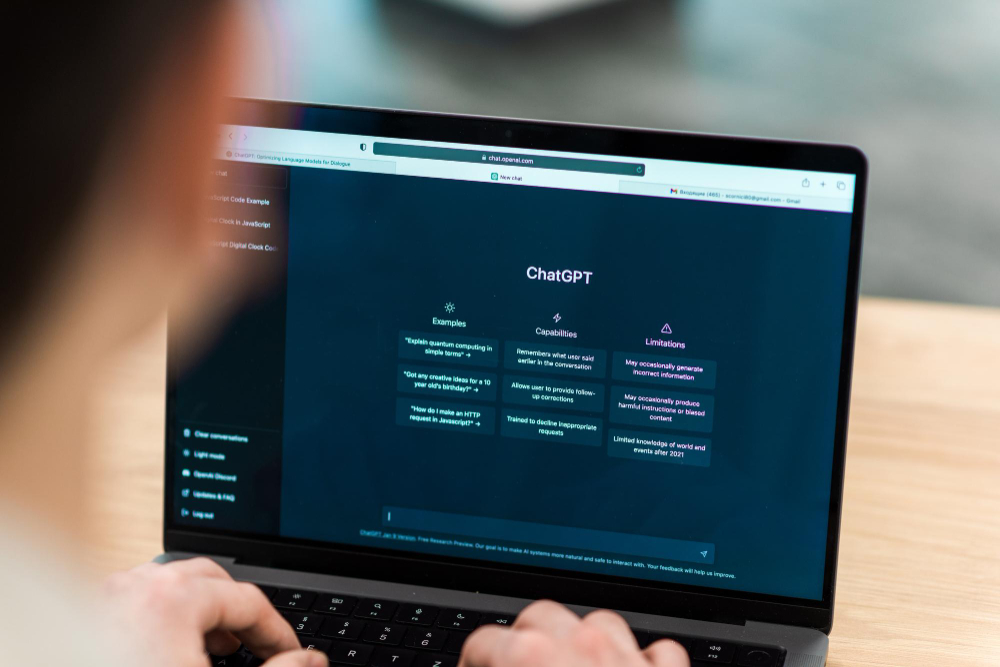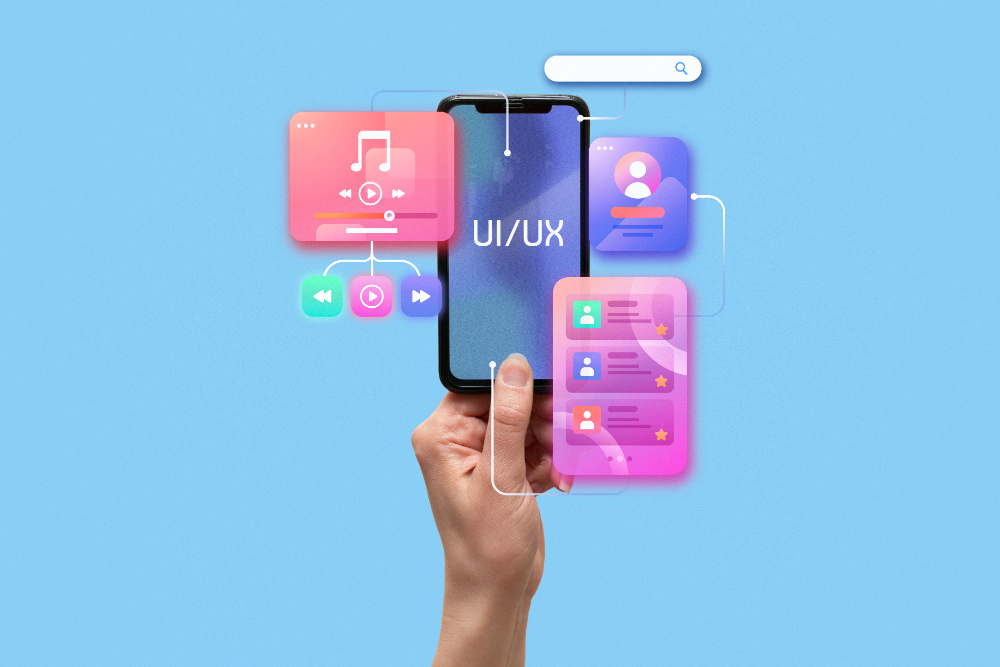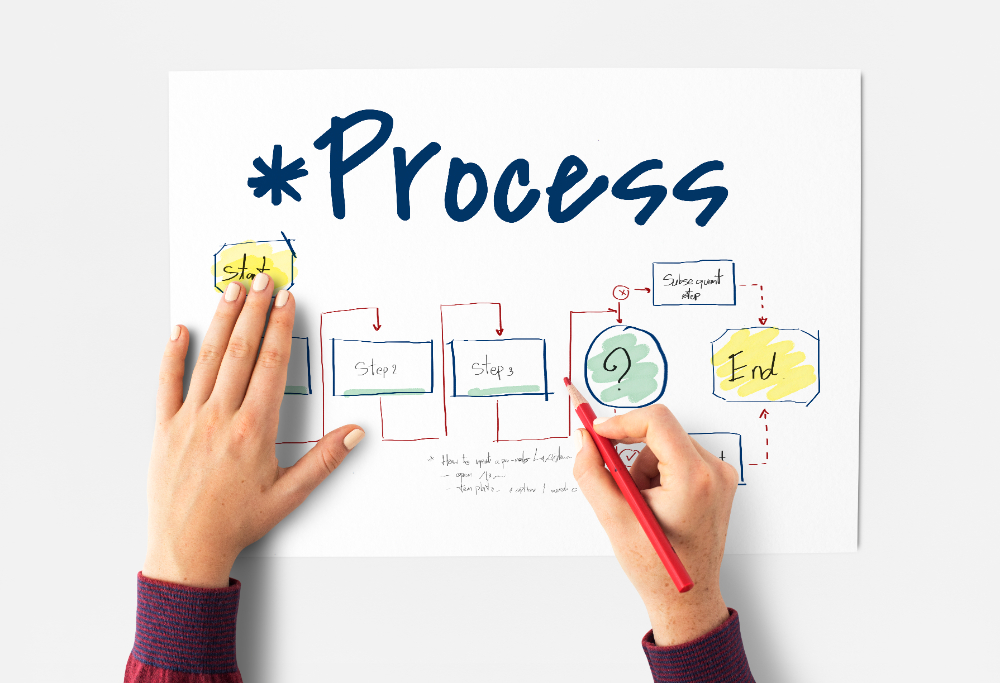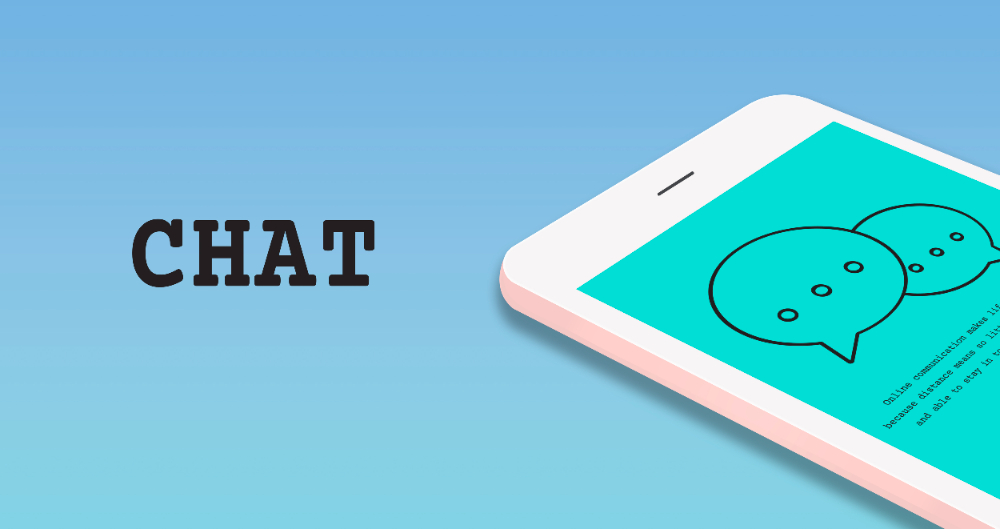- STEM Learning offers meticulously curated resources for primary to post-16 education levels, supporting diverse educational needs.
- Interactive activities and experiments foster critical thinking and problem-solving skills in students.
- Resources are designed to align with current industry trends, bridging the gap between academic theory and professional practice.
- The STEM Ambassadors program connects students with seasoned professionals, providing invaluable career guidance.
- Internship programs offer students practical, hands-on experience in real-world work environments.
- The extensive resource library may be overwhelming for educators to navigate and integrate effectively into their curriculum.
- Mel Science How to Make Science Fun and Engaging for Kids and Teenagers?
- Joy Schooler Understanding Discovery Learning and Its Benefits in Education
- Khan Academy How Can Khan Academy Enhance Your Teaching? Discover Personalized Learning Tools!
- Puzzicle Puzzicle- Build a Lesson with the help of AI
- Socratic Google AI Socratic Google AI Review- Features, Tutorial & More
- Almanack Almanack: Effortlessly Create Resources That Meet Every Student’s Needs
- ABCmous ABCmouse: Nurturing Young Minds Through Playful Learning Experiences
- TeacherMatic TeacherMatic: AI-powered Tools for Educators by Educators – Save Time, Elevate Learning
- Brisk Teaching Brisk Teaching- Free Chrome Extension for Teachers
- Education Copilot English & Spanish Support: Education Copilot – Your Multilingual Teaching Partner
- LitGrades How and When Do Students Use Flashcards?
- Nolej Nolej AI Review – Features, Pros, and Cons
- To-Teach Empower Your Teaching with To-Teach: Subject-Specific Tools and Customization
- SciPricSam How To Teach Science through Digital Simulations?
- Teachguin AI Assistant, Interactive Whiteboard & More: Teachguin Supercharges Your Online Tutoring
- Teachology AI Teachology AI Review: Best AI Lesson Plan Generator
- AI Teacha From Icebreakers to Assessments: AI Teacha Generates Everything You Need to Teach
- Nearpod Nearpod: Your All-in-One Classroom Toolkit – Interactive Lessons, Videos, Games, & More
- FutureLearn How Can You Access Over 1000 Courses from Top Universities Online?
- Mystery Science Mystery Science Review 2024: Make Your Elementary Kids Scientists
Table of Contents
- STEM Learning Resources: Empowering Educators and Students Alike
- Primary Resources
- Secondary Resources
- Post-16 Resources
- Industry Collaboration
- STEM Ambassadors
- Importance of Industry-Aligned Resources
- 1. Tailored Curriculum Support
- 2. Bridging the Gap Between Education and Industry
- 3. Fostering Innovation and Creativity
- 4. Encouraging Collaboration and Networking
- Leveraging Internships for Career Readiness
- 1. Hands-On Experience
- 2. Skill Development
- 3. Networking Opportunities
- 4. Career Exploration
- Summary
In the modern education, cultivating a pipeline of talent primed for success in Science, Technology, Engineering, and Mathematics (STEM) careers is paramount. Equipping students with the requisite knowledge, skills, and practical experience demands a multifaceted approach, one that harmonizes classroom instruction with real-world application.
In this pursuit, leveraging industry-aligned resources and internships, STEM Learning emerges as a cornerstone strategy, bridging the gap between academic theory and professional practice. Read on to know more!
STEM Learning Resources: Empowering Educators and Students Alike
STEM Learning platform serves as a bastion of support for educators, offering a wealth of meticulously curated resources spanning the educational spectrum from primary to post-16 levels. These resources are meticulously categorized to cater to diverse educational needs:
Primary Resources
STEM Learning primary resources are designed to introduce foundational STEM concepts to young learners through interactive activities and age-appropriate content. These resources engage students with hands-on experiments and stimulating materials, promoting active participation and curiosity.
The activities are crafted to be both educational and enjoyable, fostering critical thinking and problem-solving skills. Through this structured yet flexible lessons, they aim to build a solid foundation for future STEM learning, encouraging a lifelong interest and enthusiasm for science, technology, engineering, and mathematics.
Secondary Resources
Navigating the intricate terrain of secondary education, STEM Learning resources are designed to augment curriculum objectives while fostering critical thinking and problem-solving skills.
These resources cover a broad spectrum of subjects and disciplines, providing comprehensive support to educators in delivering engaging and effective lessons. Through detailed lesson plans, interactive activities, and real-world applications, these resources help students develop a deeper understanding of complex concepts.
They aim to ignite intellectual curiosity and drive meaningful learning outcomes by encouraging analytical thinking, creativity, and collaboration. With a focus on preparing students for advanced studies and future careers, these resources ensure that learners are equipped with the necessary skills and knowledge to succeed in an increasingly STEM-driven world.
Post-16 Resources
As students transition into the post-16 phase, the STEM Learning repository evolves to meet the demands of advanced coursework and career readiness. It offers specialized subject matter resources and exam preparation materials that serve as invaluable aids in preparing students for higher education and beyond.
These resources are meticulously curated to align with the rigors of post-16 education, providing comprehensive support in complex topics and skill development. Whether it's advanced mathematics, specialized sciences, or career-focused pathways, these resources empower students to excel academically and professionally.
With a focus on fostering critical thinking, analytical skills, and practical knowledge, STEM Learning resources play a crucial role in shaping the future success of post-16 learners.
Industry Collaboration
STEM Learning facilitates seamless collaboration between educational institutions and leading employers, recognizing the symbiotic relationship between academia and industry. Integrating industry insights and expertise into STEM Learning resources, they ensure alignment with current trends and emerging technologies.
This collaboration equips students with a competitive edge in the job market, offering them practical knowledge and skills that are directly applicable to real-world scenarios. This bridges the gap between theory and practice, STEM Learning fosters a deeper understanding of industry requirements and prepares students for successful transitions into the workforce.
Through this partnership, both educators and employers contribute to the development of a skilled and innovative workforce, driving economic growth and societal advancement.
STEM Ambassadors
The STEM Ambassadors program, facilitated by STEM Learning, harnesses the power of mentorship by connecting students with seasoned professionals. These mentors offer invaluable guidance, providing firsthand insights into career pathways and industry best practices. By fostering mentorship relationships, the program nurtures talent and cultivates a culture of innovation and excellence.
Through interactions with STEM Ambassadors, students gain practical knowledge, inspiration, and encouragement to pursue their interests in science, technology, engineering, and mathematics. This initiative not only benefits individual students but also contributes to the development of a skilled and motivated workforce, driving innovation and progress in STEM fields.
Importance of Industry-Aligned Resources
1. Tailored Curriculum Support
STEM Learning website serves as a treasure trove of thousands of free, quality-assured resources meticulously curated to support STEM education at various levels – from primary to post-16. These resources are designed to align with industry standards and provide educators with the necessary tools to enhance their teaching methodologies. By incorporating these resources into their curriculum, teachers can offer students a well-rounded understanding of STEM concepts that directly relate to real-world applications.
2. Bridging the Gap Between Education and Industry
One of the key challenges in STEM education is bridging the gap between classroom learning and industry requirements. Industry-aligned resources help address this gap by providing students with insights into the practical applications of their studies. By exposing students to real-world scenarios and challenges faced by professionals in STEM fields, these resources make learning more relevant and engaging. Students can better understand the importance of their studies and envision how they can apply their knowledge in future careers.
3. Fostering Innovation and Creativity
STEM education thrives on innovation and creativity. STEM Learning curated collections of resources are designed to spark curiosity and inspire students to think critically and creatively. From hands-on experiments to interactive simulations, these resources encourage students to explore STEM concepts in dynamic ways. By providing students with access to cutting-edge tools and technologies, educators can nurture their problem-solving skills and cultivate a mindset of innovation – essential qualities for success in STEM careers.
4. Encouraging Collaboration and Networking
In addition to providing resources for classroom instruction, STEM Learning platform also offers opportunities for students to connect with industry professionals through initiatives such as STEM Ambassadors. These interactions allow students to gain valuable insights into various STEM careers, learn about industry trends, and even explore internship opportunities. By fostering collaboration between educators, students, and industry experts, the platform create a supportive ecosystem where knowledge sharing and networking thrive.
Leveraging Internships for Career Readiness
Internships play a crucial role in preparing students for the transition from education to the workforce. Here's how STEM Learning internship programs benefit students:
1. Hands-On Experience
Internships offer students the opportunity to gain hands-on experience in real-world work environments. Whether it's shadowing professionals in their field or working on projects alongside industry experts, internships provide invaluable practical experience that cannot be replicated in the classroom.
2. Skill Development
During internships, students have the chance to apply the theoretical knowledge they've gained in school to practical scenarios. This hands-on experience not only reinforces their understanding of STEM concepts but also helps them develop essential skills such as problem-solving, communication, and teamwork – skills that are highly sought after by employers in STEM industries.
3. Networking Opportunities
Internships allow students to expand their professional networks and connect with potential mentors and future employers. By building relationships with professionals in their field of interest, students can gain valuable insights, advice, and even future job opportunities.
4. Career Exploration
Perhaps most importantly, internships provide students with the opportunity to explore different career paths within STEM fields. By working in various roles and industries, students can gain a better understanding of their own interests, strengths, and career aspirations, empowering them to make informed decisions about their future career paths.
Summary
Preparing students for STEM careers requires a multifaceted approach that incorporates industry-aligned resources and hands-on experiences such as internships. By leveraging these resources and opportunities, educators can empower students to develop the skills, knowledge, and confidence they need to succeed in the dynamic world of STEM. Join the STEM community today and take the first step towards shaping the future generation of STEM professionals!

































Comments are closed.